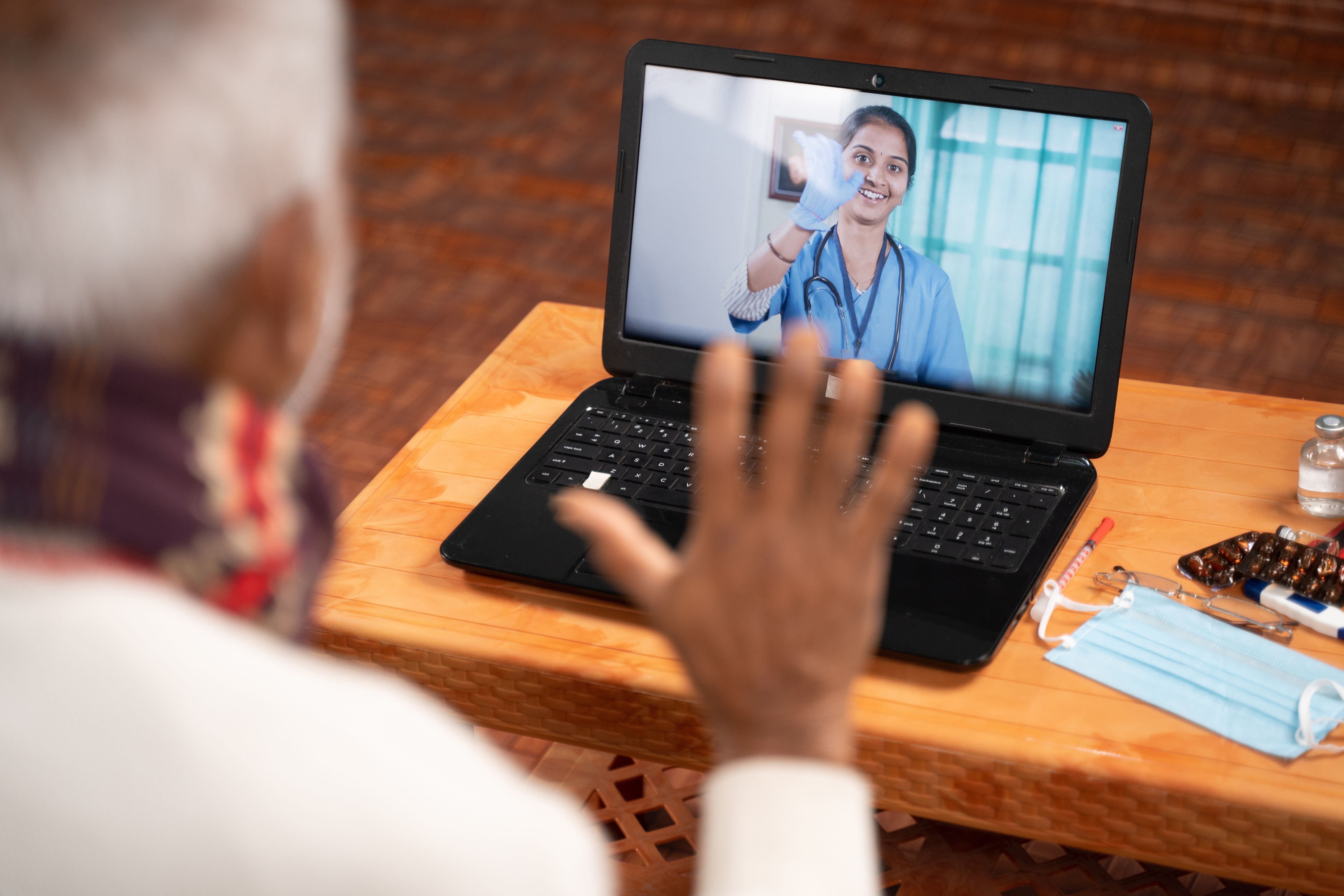- Acne
- Actinic Keratosis
- Aesthetics
- Alopecia
- Atopic Dermatitis
- Buy-and-Bill
- COVID-19
- Case-Based Roundtable
- Chronic Hand Eczema
- Chronic Spontaneous Urticaria
- Drug Watch
- Eczema
- General Dermatology
- Hidradenitis Suppurativa
- Melasma
- NP and PA
- Pediatric Dermatology
- Pigmentary Disorders
- Practice Management
- Precision Medicine and Biologics
- Prurigo Nodularis
- Psoriasis
- Psoriatic Arthritis
- Rare Disease
- Rosacea
- Skin Cancer
- Vitiligo
- Wound Care
Article
Telehealth Exercise Interventions Feasible, Safe for Those With Advanced Melanoma
Author(s):
While receiving checkpoint inhibitor therapy, patients with advanced melanoma benefitted from a telehealth exercise program.
In patients with advanced melanoma, a telehealth exercise intervention was feasible, safe, and improved physical function while also improving quality of life.
WESTOCK/AdobeStock

A recent study1 sought to determine the feasibility and preliminary efficacy of a supervised telehealth exercise program for patients receiving checkpoint inhibitor therapy amid advanced melanoma. They cited adverse events (AEs) during use of systemic therapies, such as fatigue, weakness, and significantly affected quality of life (QoL) and well-being. Additionally, they referred to current guidelines for several cancers, noting that exercise has long been recommended for patients during and/or after cancer treatment.
The 8-week long study was a non-randomized feasibility pilot trial and involved assessments before and after intervention. Participants (n=11) included consenting patients with melanoma who were recruited from support groups, community events, and 3 hospital oncology departments in Australia. All participants were required to be at least 18 years of age, have a diagnosis of melanoma (stage III through IV), and be a current or future recipient of checkpoint inhibitor therapy.
Patients were excluded from participation if they had an acute illness or exercise-inhibiting disorder (cardiovascular, musculoskeletal, or neurological), uncontrolled medical condition aside from melanoma, or a cardiovascular or pulmonary contraindication to exercise.
Researchers sought endpoints of a recruitment rate greater than 50%, program completion rate greater than 80%, median program attendance greater than 75%, median exercise compliance greater than 75%, average tolerance greater than 70%, and an absence of severe or life-threatening AEs.
Participants took part in 8 weeks of exercise sessions conducted via Zoom. All sessions were led by an exercise physiologist and were equal to or less than 60 minutes in length. Sessions included warm up and cool down, as well as aerobic, balance, and resistance exercises.
Throughout the study duration, researchers used an online questionnaire to collect participants’ demographic and clinical information. Researchers collected body mass index, physical activity, global health status/QoL, and function. Clinical information also included time since diagnosis, time since treatment, cancer stage, metastasis sites, median number of medications, comorbidities, previous treatments, and type of checkpoint inhibitor.
Median program attendance was 87.5%, with median exercise compliance at 82.1% for resistance and 84.9% for aerobic exercise. Furthermore, 87.6% of exercises were completed at the prescribed or exceeded intervention attendance and session intensity.
As a result, however, no severe or life-threatening AEs were reported that could be attributed to exercise. The most common of these included moderate/severe fatigue, diarrhea, and rash.
Additionally, researchers examined exploratory endpoints, including cardiovascular capacity, functional performance, static balance, and upper body strength/endurance. Of these, they noted statistically significant improvements in each, observing a significant median increase in level of physical activity each week.
“Our findings on preliminary efficacy may be important given the association between cardiorespiratory fitness and muscle strength with independent living and survival in older patients and those living with cancer,” study authors wrote. “Additionally, increased aerobic capacity, lower body muscle power, upper body strength and balance are associated with decreased fall risk among older adults. These observed gains may represent the translation of exercise effects to potential health benefits in this group of patients.”
A potential study limitation, as noted by investigators, was the limited sample size involved in the trial.
“The intervention appeared to improve physical function in this group of patients while preserving QoL,” they wrote. “These are important findings to inform the design of future randomized trials, which should include larger patient numbers, a usual care control group, a longer exercise intervention, and objective measures of body composition.”
Reference
- Crosby BJ, Newton RU, Galvão DA, et al. Feasibility of supervised telehealth exercise for patients with advanced melanoma receiving checkpoint inhibitor therapy. Cancer Med. Published online 2023. doi:10.1002/cam4.6091
Newsletter
Like what you’re reading? Subscribe to Dermatology Times for weekly updates on therapies, innovations, and real-world practice tips.















